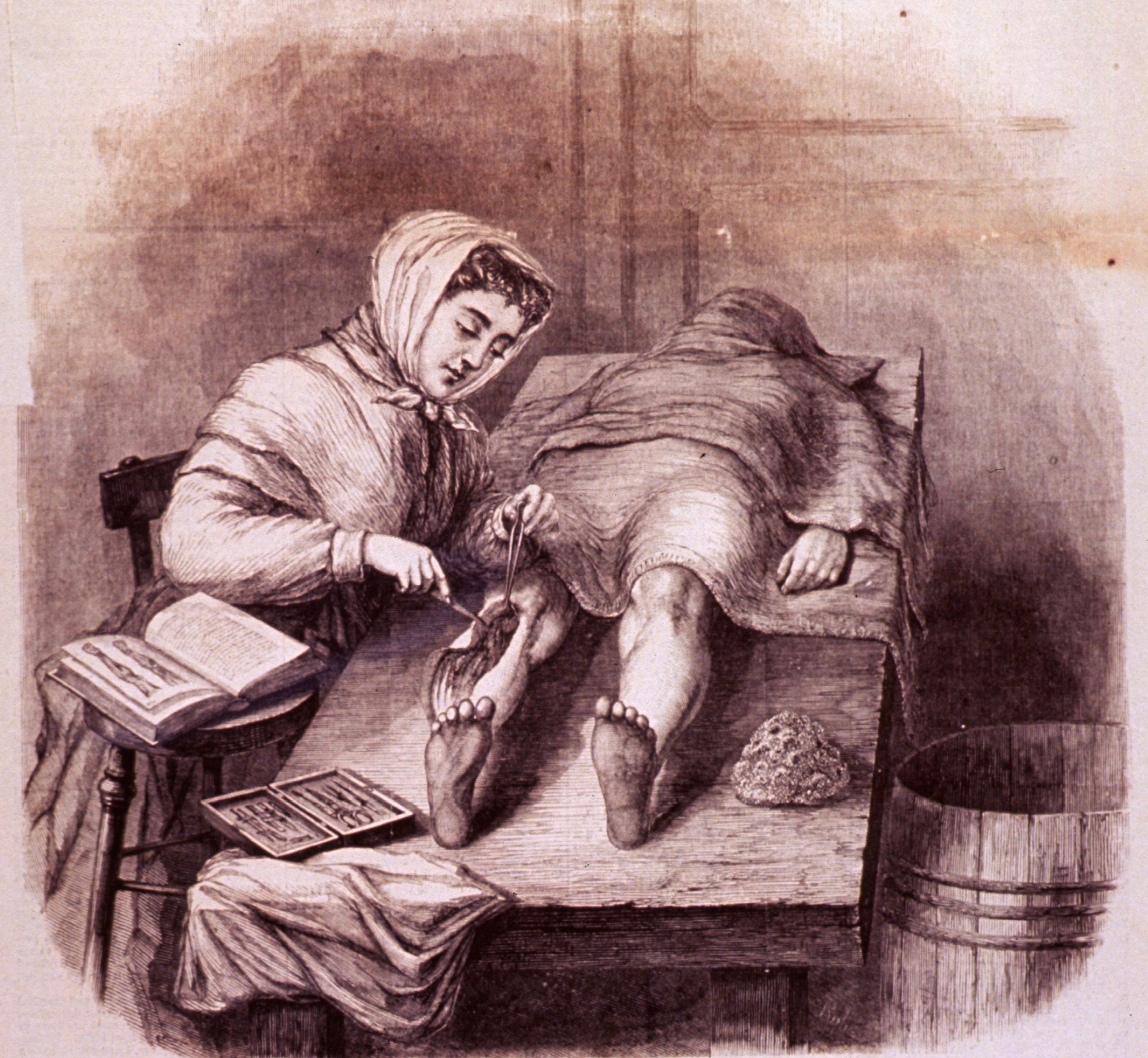
Dr.Yogitha Ravindranath
Professor & Head Of Department

The MBBS course in human anatomy is a foundational component of medical education, providing aspiring doctors with a deep understanding of the intricate structure and function of the human body. This comprehensive program delves into the study of the human body's organs, tissues, and systems, fostering a profound appreciation for the complexity and resilience of the human organism. Students enrolled in this course engage in extensive dissection of cadavers, gaining hands-on experience that is invaluable in building a strong foundation in anatomy. They learn about the musculoskeletal, cardiovascular, respiratory, gastrointestinal, and nervous systems, among others, developing the knowledge and skills necessary for diagnosing and treating medical conditions. The MBBS program in human anatomy not only equips future healthcare professionals with the anatomical expertise needed to excel in their careers but also instills a deep sense of responsibility towards the care and well-being of their future patients.
To read and understand human anatomy effectively, students should acquire a combination of skills and knowledge. Human anatomy is a complex subject that requires a strong foundation in both biological sciences and specific study techniques. Here's a list of skills and knowledge students need:
| Basic Biology Knowledge: |
|
| Anatomical Terminology: |
Proficiency in the language of anatomy, including directional terms (anterior, posterior, proximal, distal, etc.) and anatomical planes (sagittal, coronal, transverse). |
| Body Systems: |
Comprehensive knowledge of the major body systems, including the circulatory, nervous, respiratory, digestive, skeletal, muscular, and reproductive systems. |
| Histology: |
Understanding of histological techniques and the ability to recognize and differentiate different types of tissues, such as epithelial, connective, muscle, and nervous tissues. |
| Anatomical Structures: |
Familiarity with the names, locations, and functions of key anatomical structures, including bones, muscles, organs, and blood vessels. |
| Medical Terminology: |
Knowledge of medical prefixes, suffixes, and root words to help decipher complex anatomical terms. |
| Visualization Skills: |
The ability to visualize and mentally rotate 3D structures in 2D representations, such as anatomical diagrams and images. |
| Dissection Techniques: |
Proficiency in dissection techniques if required for laboratory work. This includes understanding how to handle and identify anatomical structures in a cadaver or model. |
| Radiological Anatomy: |
Familiarity with interpreting radiographic images (X-rays, CT scans, MRIs) to identify anatomical structures and abnormalities. |
| Clinical Relevance: |
Awareness of the clinical relevance of anatomy, including how anatomical knowledge is applied in medical diagnosis and treatment. |
| Study Skills: |
Effective study techniques, including note-taking, flashcards, mnemonic devices, and regular review, to retain complex anatomical information. |
| Anatomy Atlases and Resources: |
Proficiency in using anatomy atlases, textbooks, and online resources to access detailed information and illustrations. |
| Problem-Solving Skills: |
The ability to apply anatomical knowledge to solve clinical and theoretical problems, such as diagnosing medical conditions or understanding physiological processes. |
| Critical Thinking: |
Analytical skills to critically evaluate research studies, medical literature, and anatomical case studies. |
| Ethical Considerations: |
Understanding of ethical considerations related to the use of human cadavers and the importance of respecting donors. |
An understanding that human anatomy is a dynamic field, and students should be prepared for continuous learning and staying updated with new research and discoveries.
Remember that studying human anatomy can be challenging, and it often involves hands-on lab work in addition to theoretical knowledge. Effective time management and a genuine interest in the subject can greatly enhance your success in this field.

Professor & Head Of Department

Professor

Biography of instructor/staff member #2
The Open edX platform works best with current versions of Chrome, Edge, Firefox, or Safari.
See our list of supported browsers for the most up-to-date information.
Your answer would be displayed here.